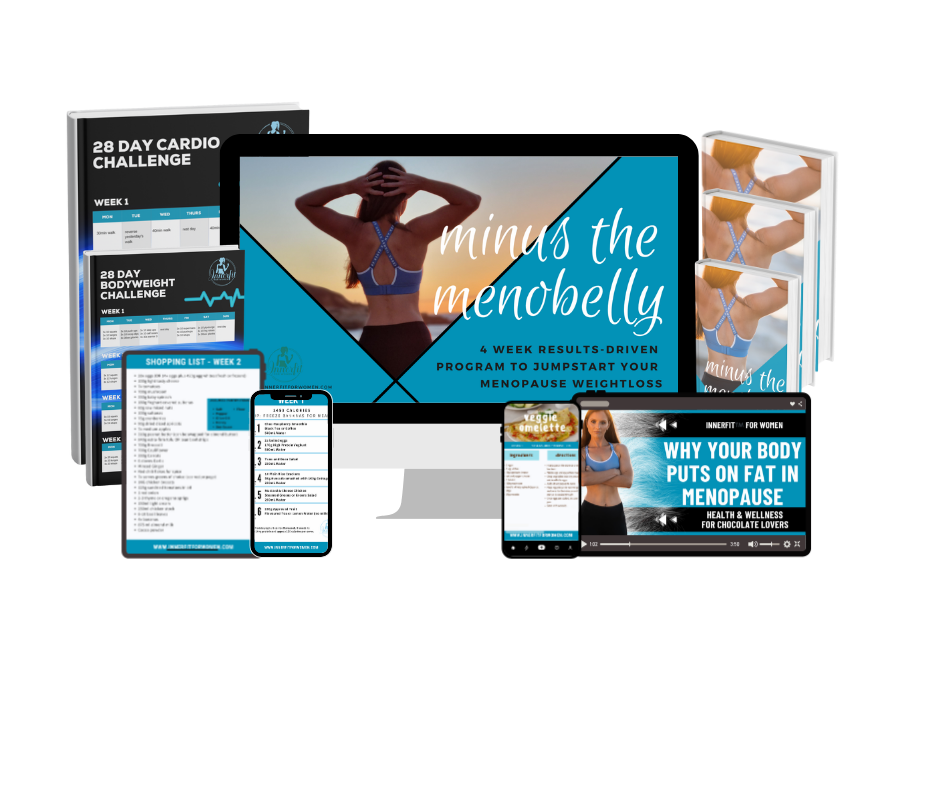Begin Your Successful Weight Loss Journey
- Innerfit For Women

- Sep 22
- 4 min read
Embarking on a weight loss plan can feel overwhelming, but with the right approach, it becomes an achievable and rewarding process. Whether your goal is to improve health, boost confidence, or increase energy, starting with clear steps will set you up for success. This guide will walk you through practical advice and actionable tips to help you begin your weight loss journey confidently and sustainably.
Understanding the Starting Weight Loss Plan
Before diving into any weight loss plan, it’s important to understand what it entails. A starting weight loss plan is not just about cutting calories or intense workouts. It’s a balanced approach that combines nutrition, physical activity, and mindset changes.
Nutrition: Focus on whole foods like vegetables, lean proteins, and whole grains. Avoid processed foods and sugary drinks.
Exercise: Incorporate both cardio and strength training exercises. Aim for at least 150 minutes of moderate activity per week.
Mindset: Set realistic goals and be patient with yourself. Weight loss is a gradual process.
For example, instead of drastically cutting your food intake, try swapping sugary snacks for fresh fruit or nuts. This small change can make a big difference over time.

Key Components of a Successful Starting Weight Loss Plan
A successful weight loss plan includes several key components that work together to promote fat loss and overall well-being.
1. Balanced Diet
Eating a balanced diet means consuming the right proportions of macronutrients: carbohydrates, proteins, and fats. A good starting point is:
40% protein (chicken, fish, tofu)
30% carbohydrates (preferably complex carbs like oats and brown rice)
30% healthy fats (avocado, nuts, olive oil)
2. Regular Physical Activity
Exercise helps burn calories and build muscle, which increases metabolism. Start with activities you enjoy, such as walking, swimming, or cycling. Gradually increase intensity and duration.
3. Hydration
Drinking enough water is crucial. Aim for at least 8 glasses a day. Water helps control hunger and supports metabolism.
4. Sleep and Stress Management
Lack of sleep and high stress can hinder weight loss. Aim for 7-9 hours of quality sleep and practice stress-reducing techniques like meditation or yoga.
5. Tracking Progress
Keep a journal or use an app to track your meals, exercise, and how you feel. This helps identify patterns and stay motivated.

How do I start my weight loss journey?
Starting your weight loss journey can be simple if you break it down into manageable steps. Here’s how to begin:
Step 1: Set Clear, Realistic Goals
Instead of vague goals like "lose weight," aim for specific targets such as "lose 5 kilograms in 3 months" or "exercise 4 times a week." This clarity helps maintain focus.
Step 2: Assess Your Current Habits
Write down your current eating and activity habits. Identify areas for improvement, such as late-night snacking or sedentary behaviour.
Step 3: Plan Your Meals and Workouts
Create a weekly meal plan that includes balanced meals and snacks. Schedule workout sessions like appointments to ensure consistency.
Step 4: Start Small and Build Up
Begin with small changes, like adding a 10-minute walk daily or swapping soda for water. Gradually increase these changes to avoid burnout.
Step 5: Seek Support
Join a community, find a workout buddy, or have one of our coaching team support you through. Support increases accountability and motivation.
Step 6: Use Reliable Resources
Consider programs designed for sustainable weight loss. For example, the 8 Week Summer Shred program offers structured guidance tailored to women’s needs.

Overcoming Common Challenges in Your Weight Loss Plan
Many people face obstacles when starting a weight loss plan. Recognising these challenges and having strategies to overcome them is essential.
Challenge 1: Lack of Motivation
Motivation can fluctuate. To stay motivated:
Set short-term rewards for milestones.
Visualise your goals daily.
Remind yourself why you started.
Challenge 2: Plateaus
Weight loss plateaus are normal. To overcome them:
Change your workout routine.
Reassess your calorie intake.
Increase physical activity.
Challenge 3: Emotional Eating
Stress or boredom can lead to overeating. Combat this by:
Finding alternative activities like reading or walking.
Practising mindful eating.
Keeping healthy snacks available.
Challenge 4: Time Constraints
Busy schedules can make it hard to exercise or cook healthy meals. Solutions include:
Preparing meals in advance.
Doing short, high-intensity workouts.
Incorporating physical activity into daily tasks.
Maintaining Your Progress and Building Healthy Habits
Sustaining weight loss requires long-term commitment and lifestyle changes. Here are tips to maintain your progress:
Keep a consistent routine: Regular meals and exercise help maintain weight.
Celebrate non-scale victories: Notice improvements in energy, mood, and fitness.
Stay flexible: Allow occasional treats without guilt.
Continue learning: Stay informed about nutrition and fitness.
Regularly review goals: Adjust as needed to stay challenged.
Remember, the goal is to create a healthy lifestyle, not just to lose weight temporarily.
Starting a weight loss plan is a journey of self-discovery and improvement. By taking small, consistent steps and using practical strategies, you can achieve lasting results and enjoy a healthier, happier life. Embrace the process and celebrate every success along the way.






Comments